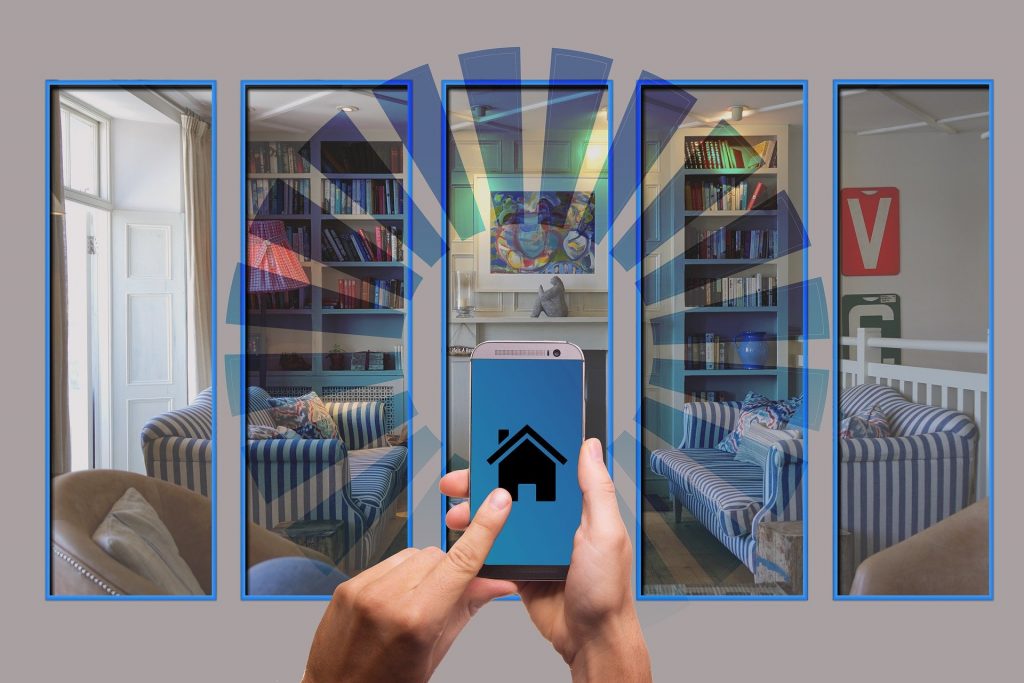IoT, or the Internet of Things, is largely what has made the dream of creating an eco-friendly, interconnected, smart home environment possible. From the smart lights in your bedroom and that talkative speaker sitting on your desk to the smart thermostat and intelligent security system with advanced camera modules, they are all part of a future that IoT has already brought into the present. Below we dig a bit deeper into how it all works and how to keep your home secure.
The Importance of LoRaWAN Gateways
Unfortunately, in the absence of dedicated LoRaWAN gateways to secure those connections between your various smart devices and their respective cloud networks, there’s a chance that the networks, and consequently, one or more of your IoT devices might get hacked. These gateways act as that secured “gate” which prevents such breaches from happening. Hackers can get access to your baby monitor, as well as your security cameras, so the protection provided by the LoRaWAN gateways is very much an essential and preventive measure against such attacks these days.
What Exactly is LoRaWAN?
LoRaWAN stands for Low Power Wide Area Network, and just as the name suggests, these are the low power networks that are utilised by IoT devices in your home to connect with their respective cloud networks. Now, since it has been designed to function as a protocol that connects IoT devices to the web and allows them to interact with their respective networks, without the need for traditional internet connections such as Wi-Fi or cellular, the threat to security is quite imminent.
What this means is that without the protection of at least basic devices like the LG01 or the LG02 (if you have a need for a dual-channel device), anyone with even moderate knowledge about hacking IoT networks can breach home or office security, gaining unauthorised access to the hardware.
What Does a Gateway Device Do?
The LoRaWAN gateways connect your IoT devices securely to their respective IoT networks on the cloud and vice versa, via the cellular, Wi-Fi or cable connection which you allow the gateways to access. It restricts LoRaWAN networks so that all IoT devices in range can only connect to the web through them. This move naturally prevents any external party from exploiting stray LoRaWAN networks.
Visit the UKIoT.store to get a curated list of options for LoRaWAN Gateways, which cover all budgets and requirements. In case you are not sure which gateway device would be appropriate for your home’s specific needs, do contact them first before buying anything.
The Right Choice
As should be clear by now, putting in a gateway device is pretty much a necessity to prevent external threats to the security of any IoT network. This is why all commercial networks are always protected by dedicated hardware gateways. However, the availability of cheaper IoT gateways, coupled with the frequency of LoRaWAN network hacking in smart homes has made such security measures a must for residential usage also.
If you have multiple IoT devices at home or in your office, you will most certainly benefit in terms of security assurance when there are physical LoRaWAN gateways protecting the network. Just make sure that your range calculations are not off by too much.






